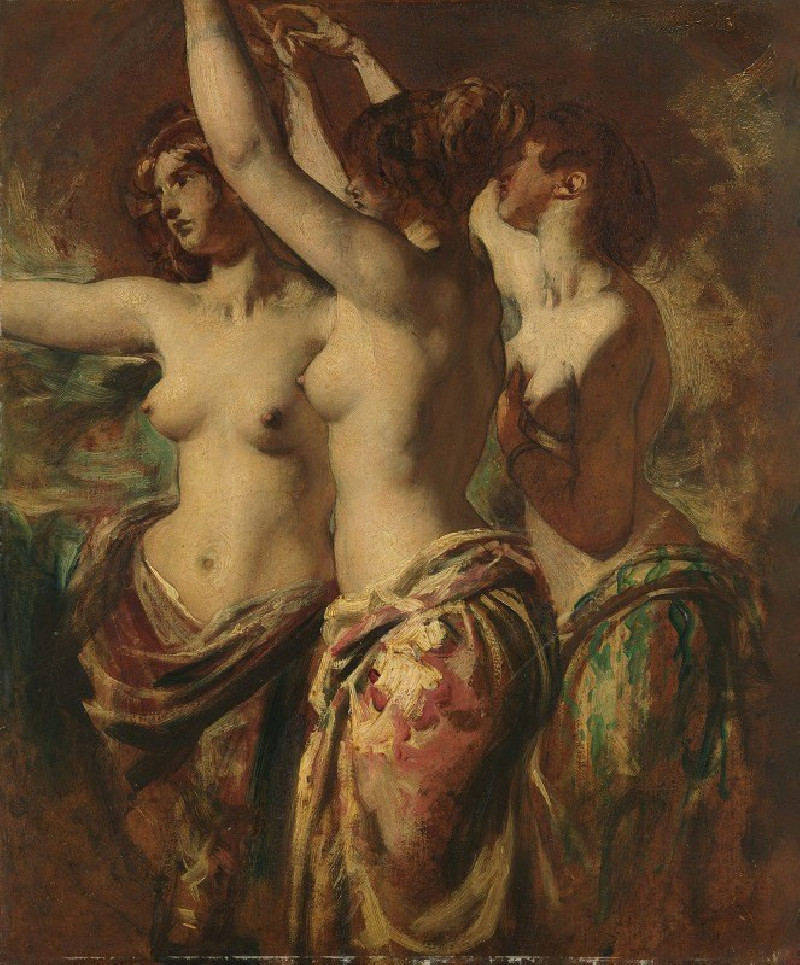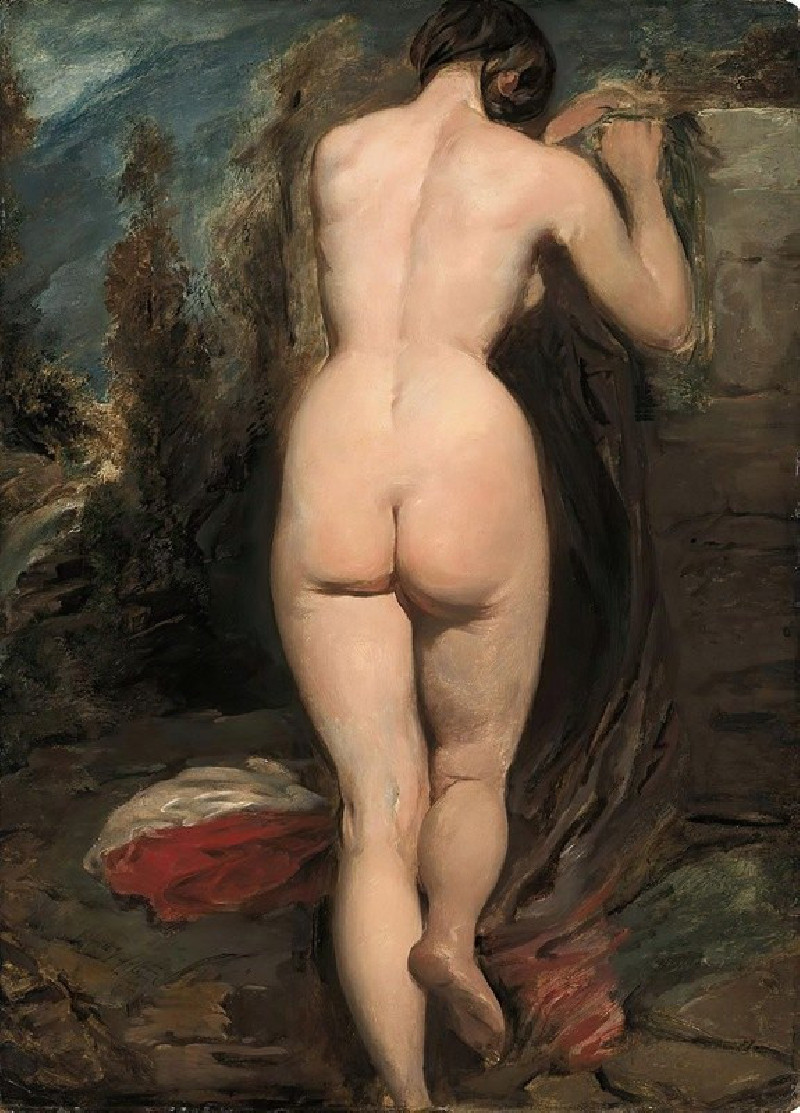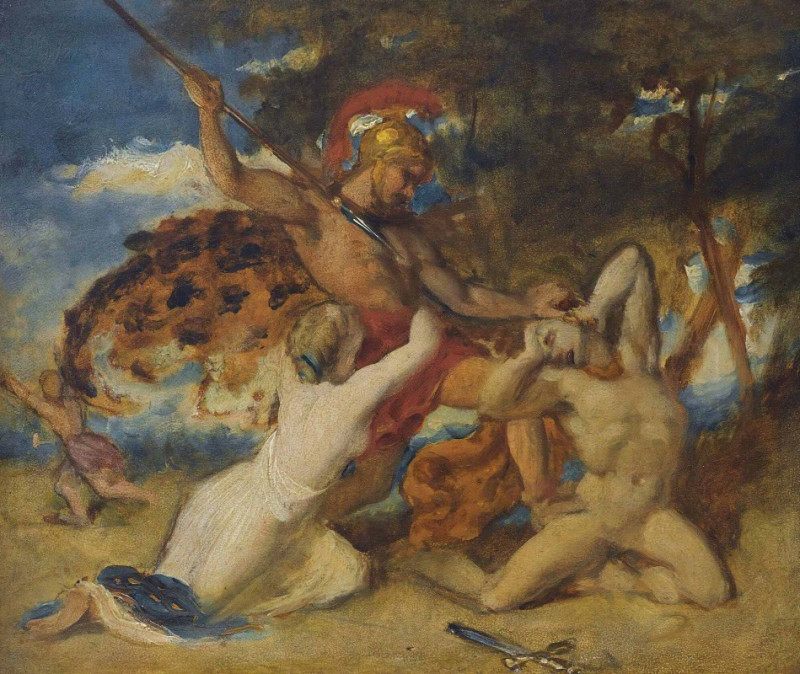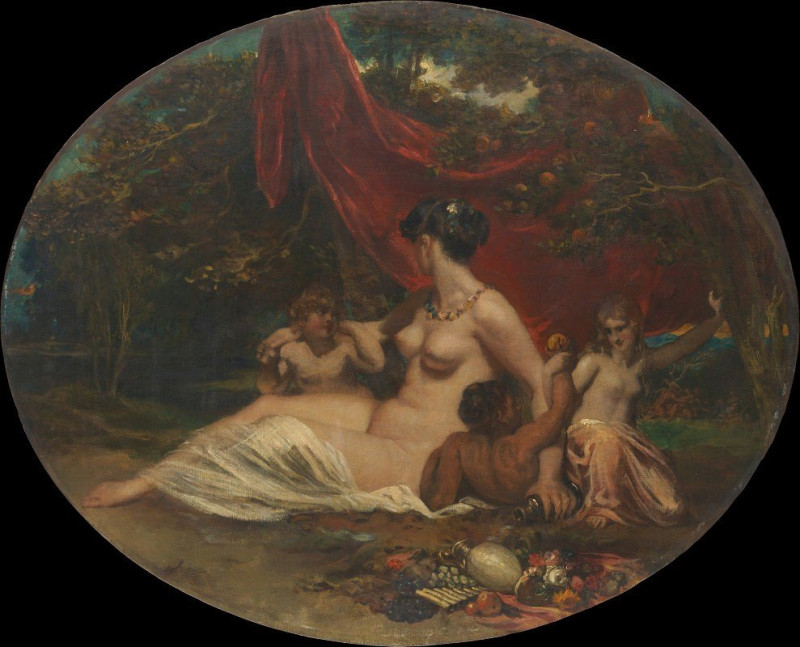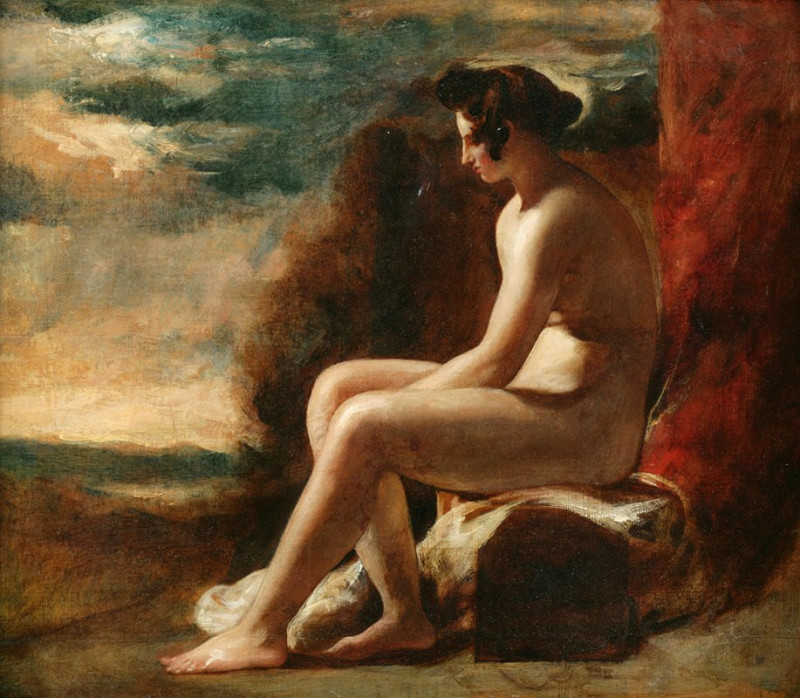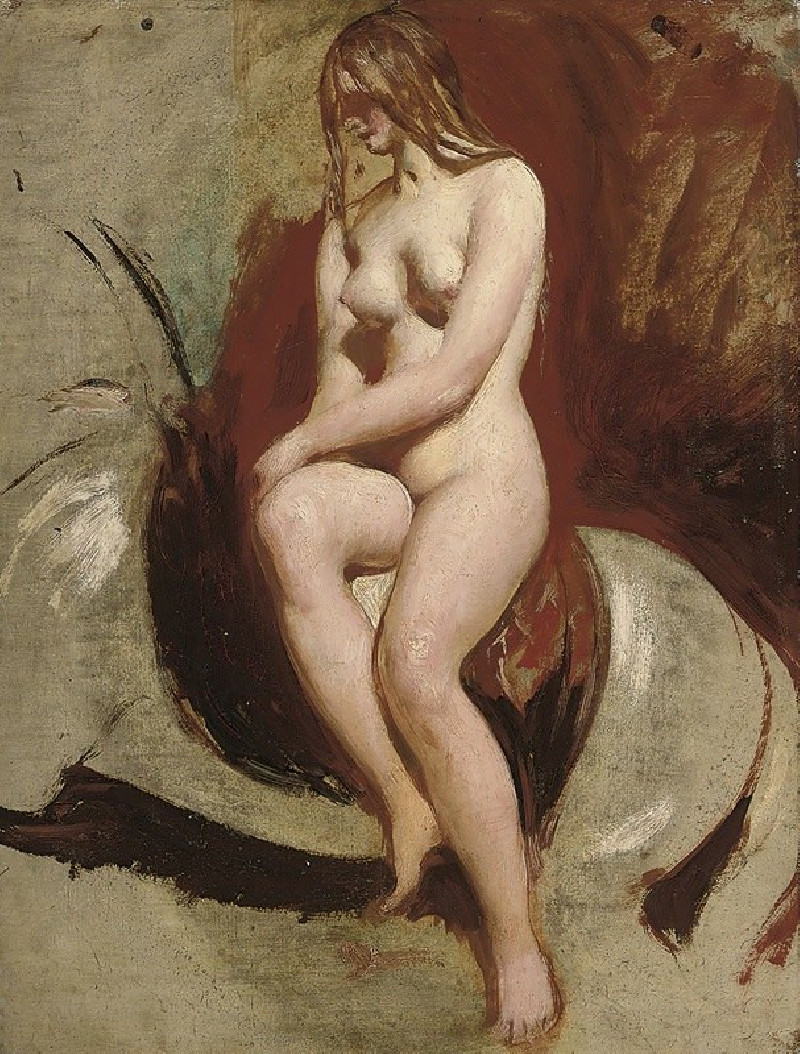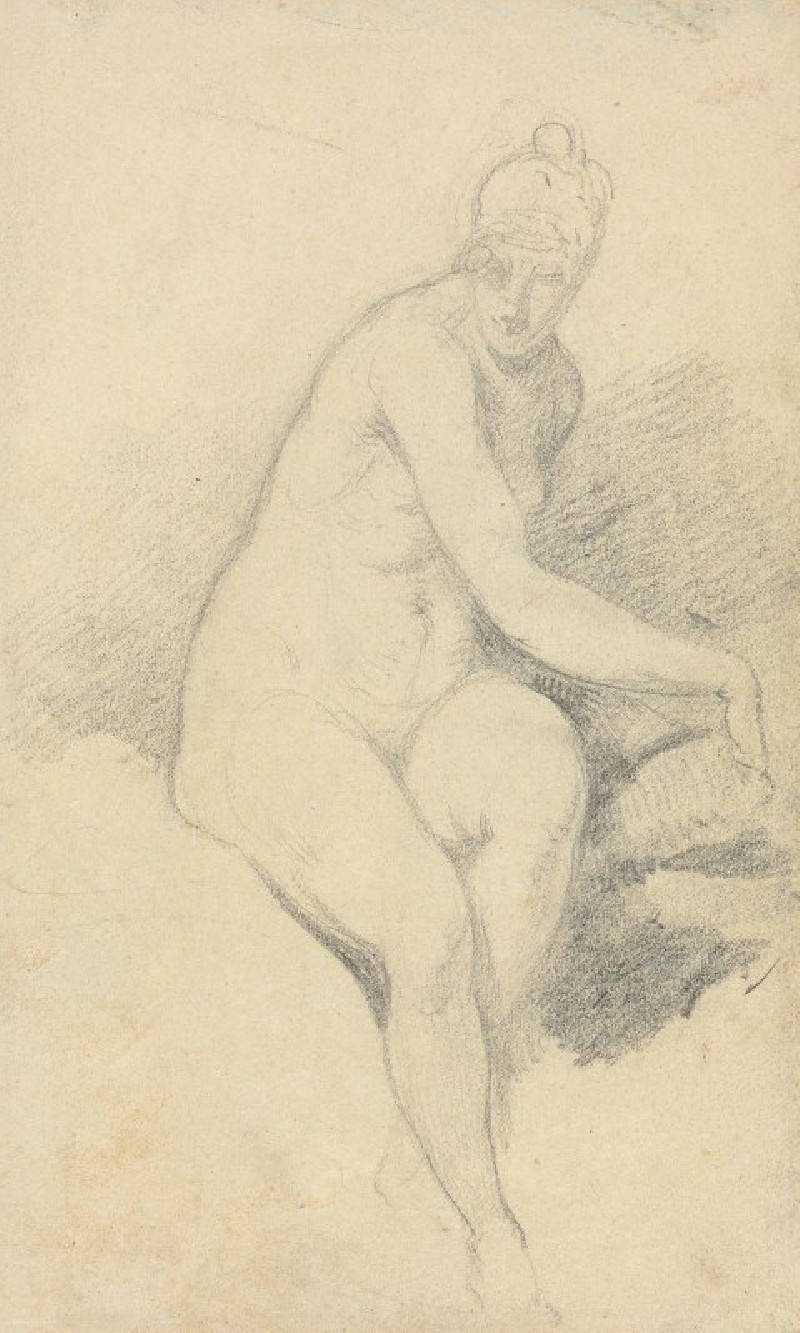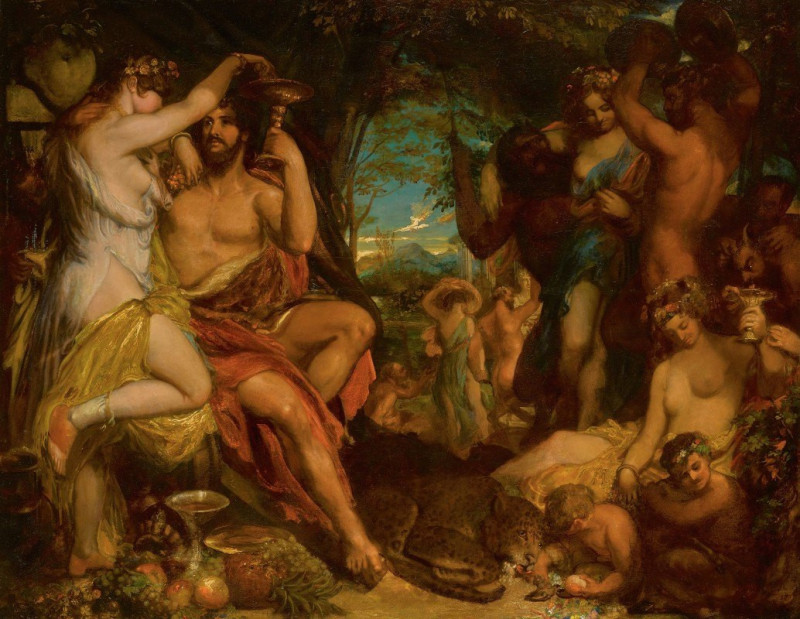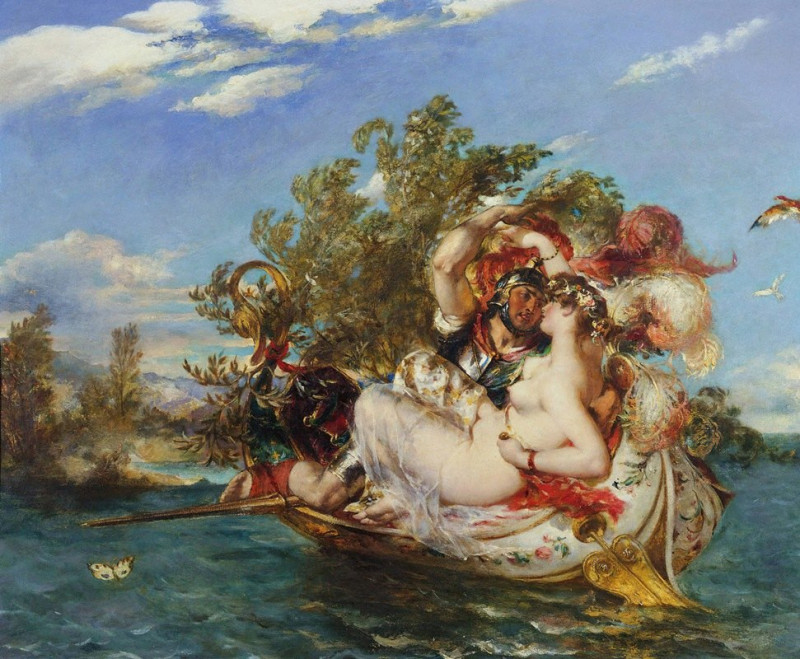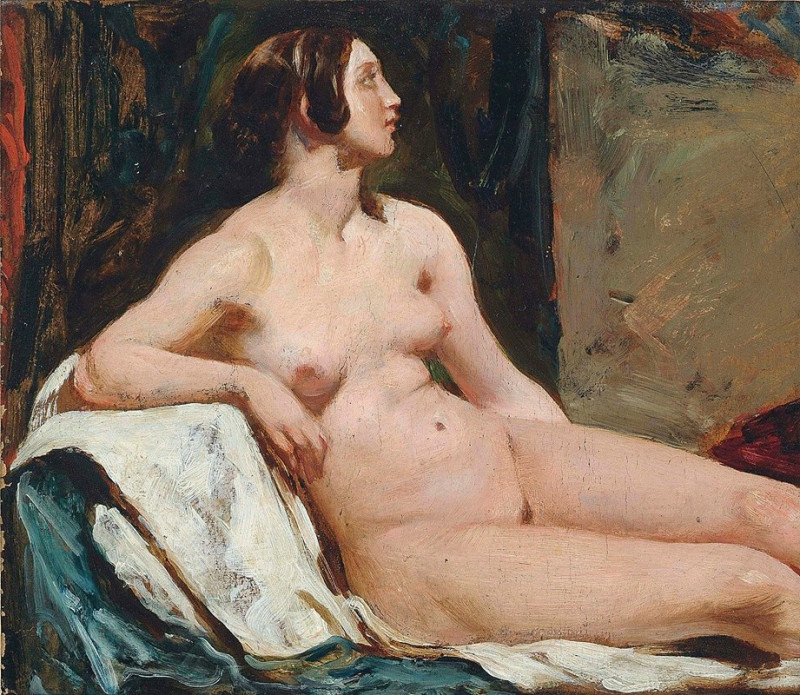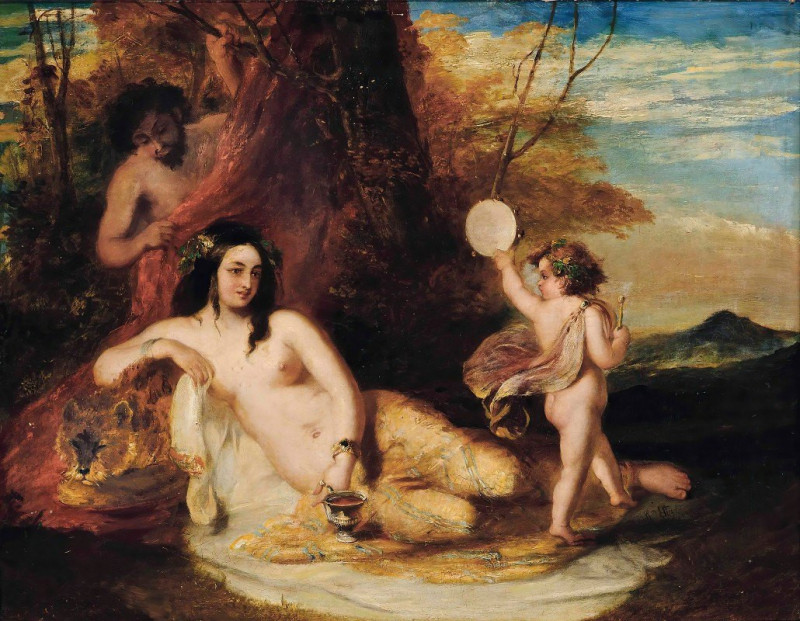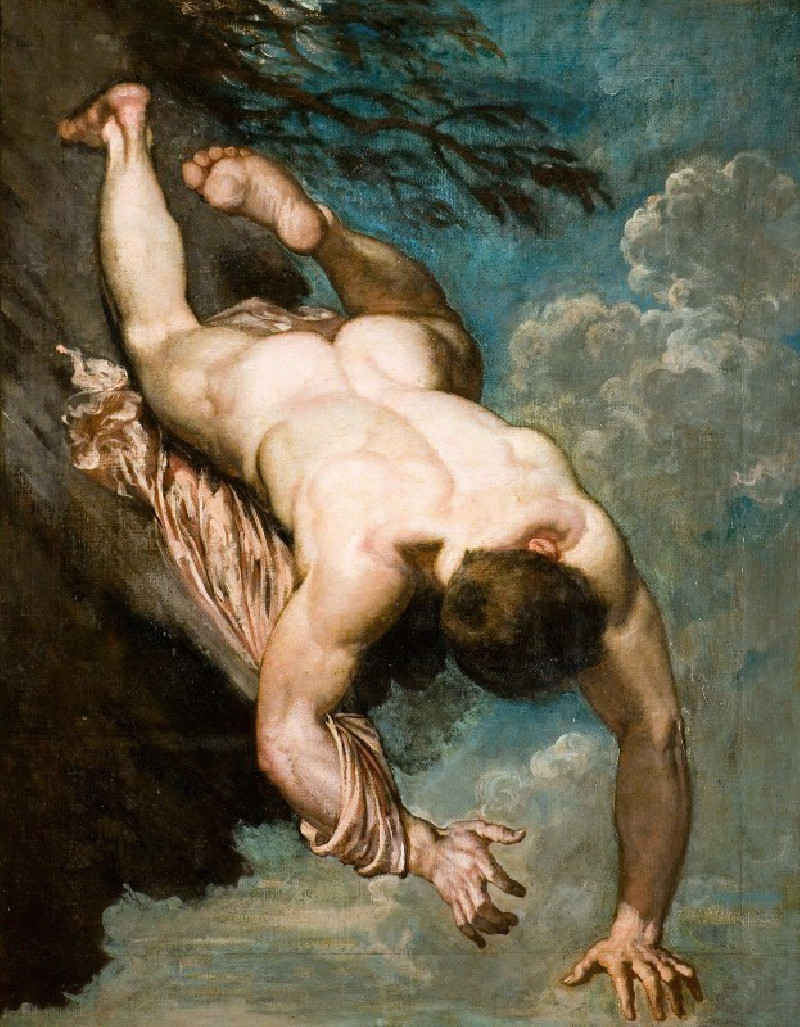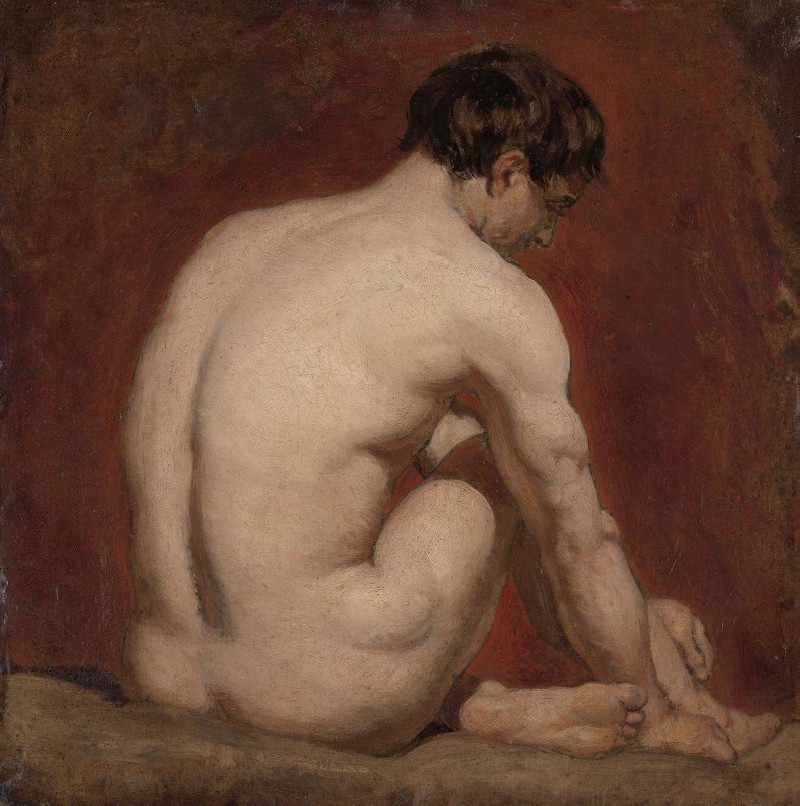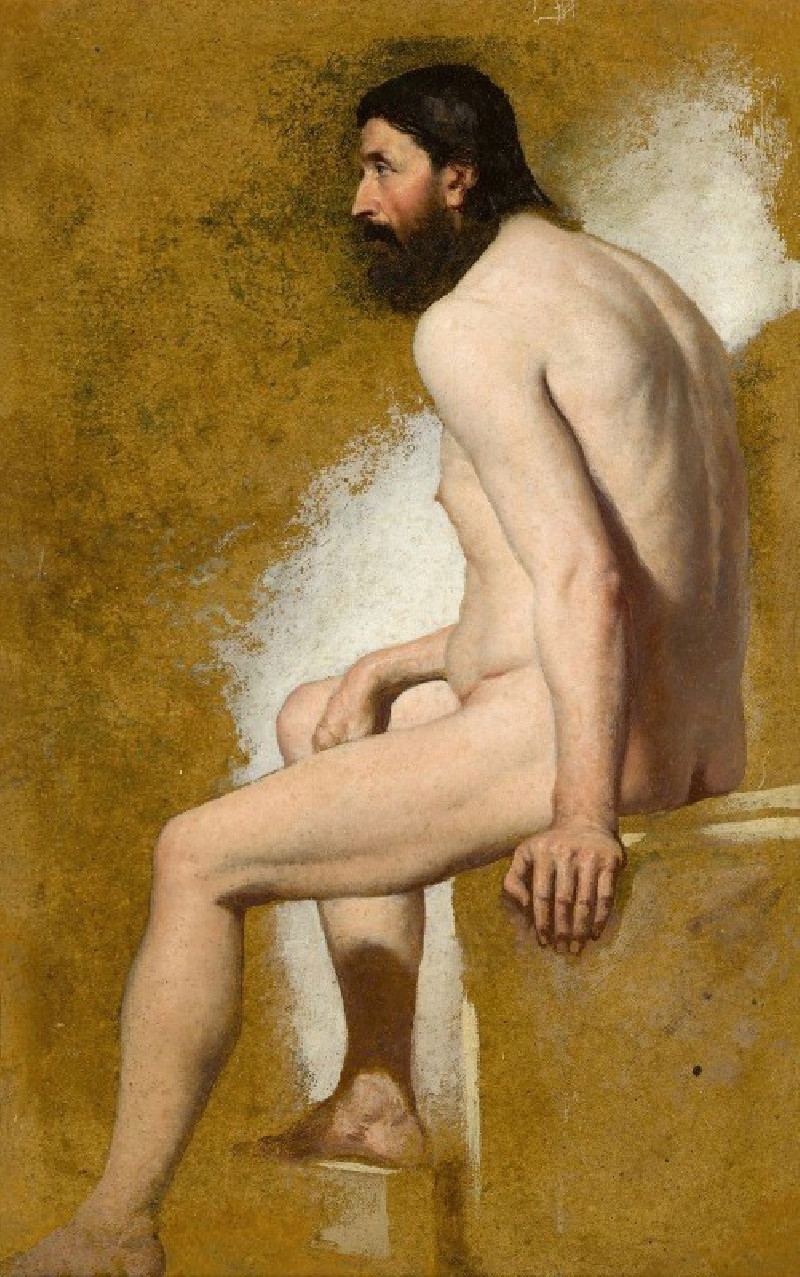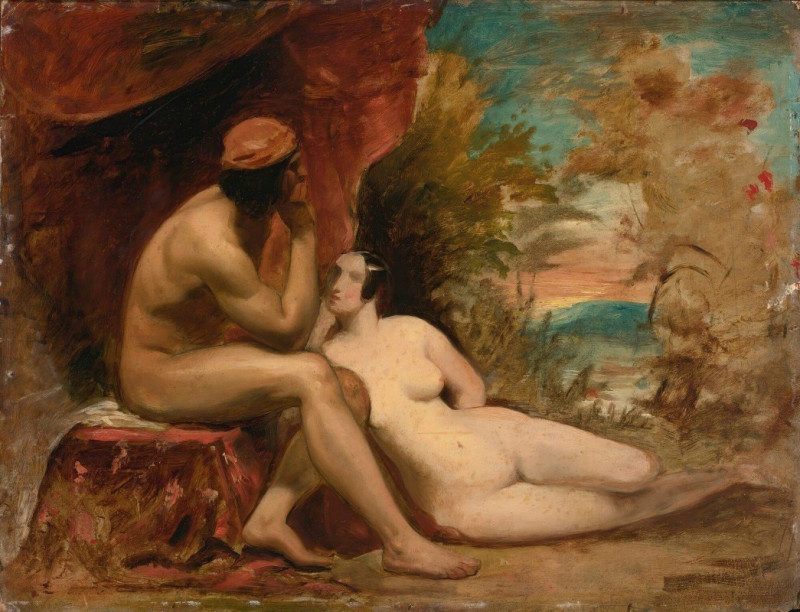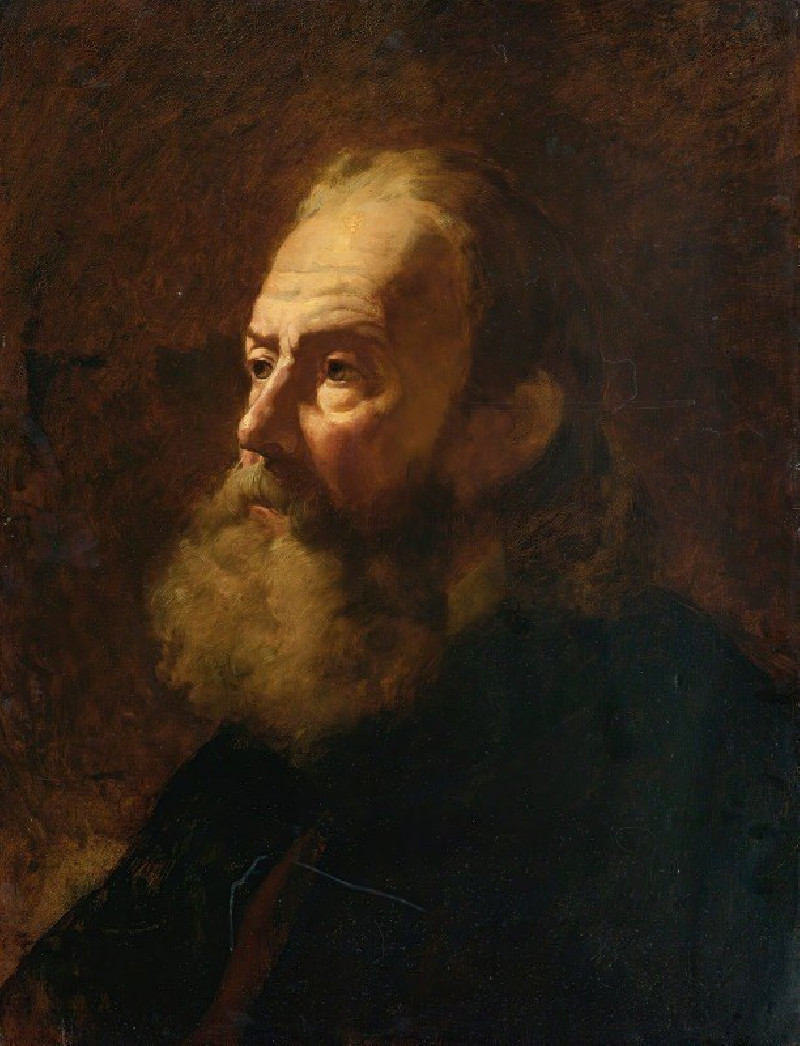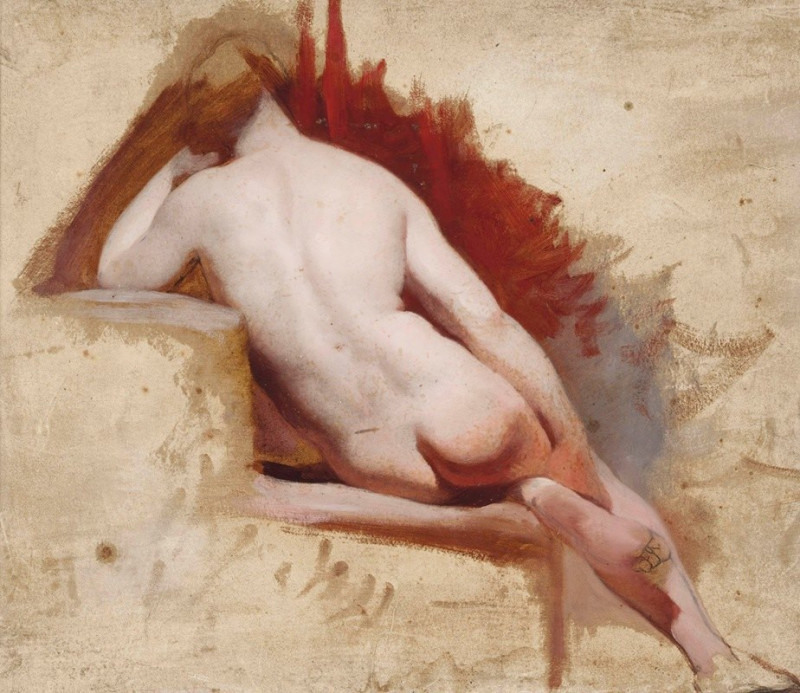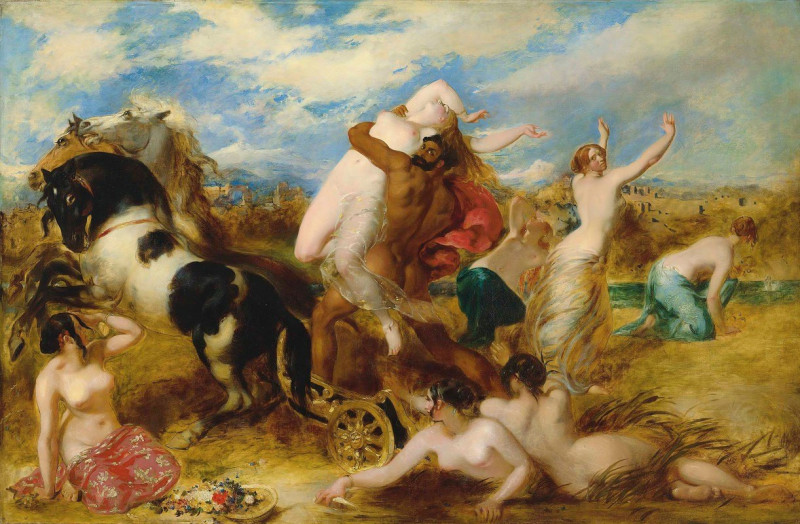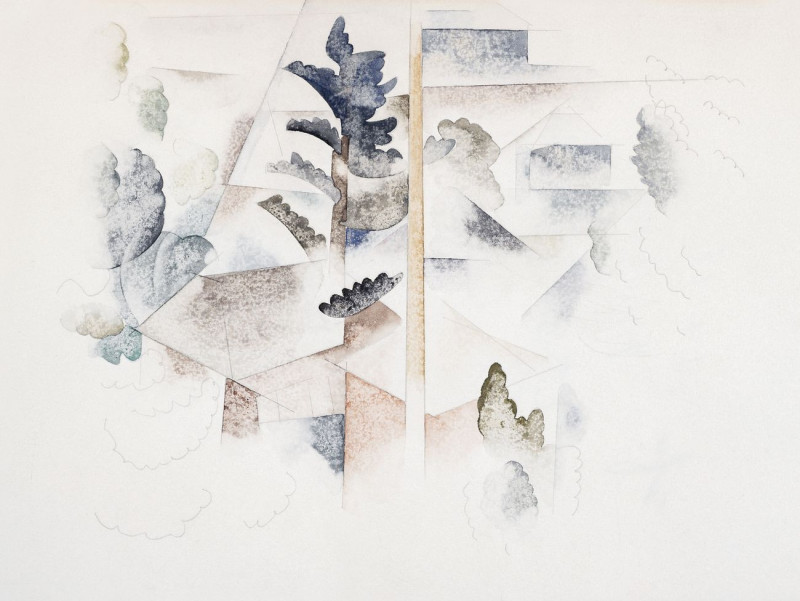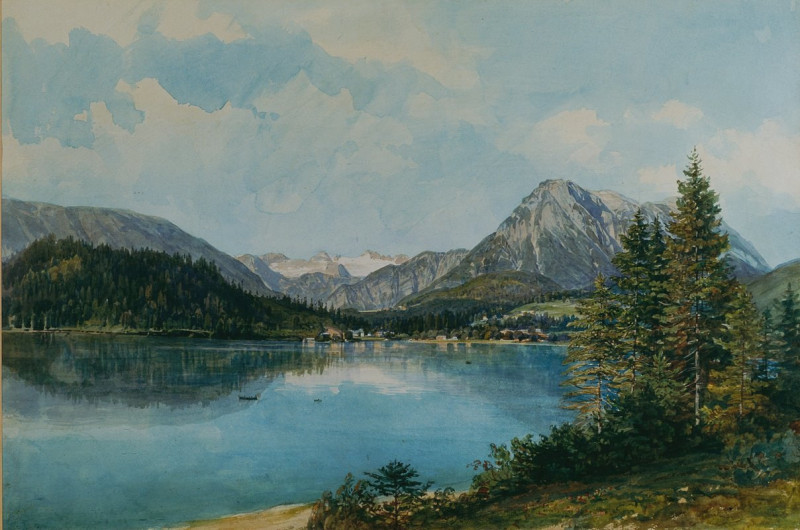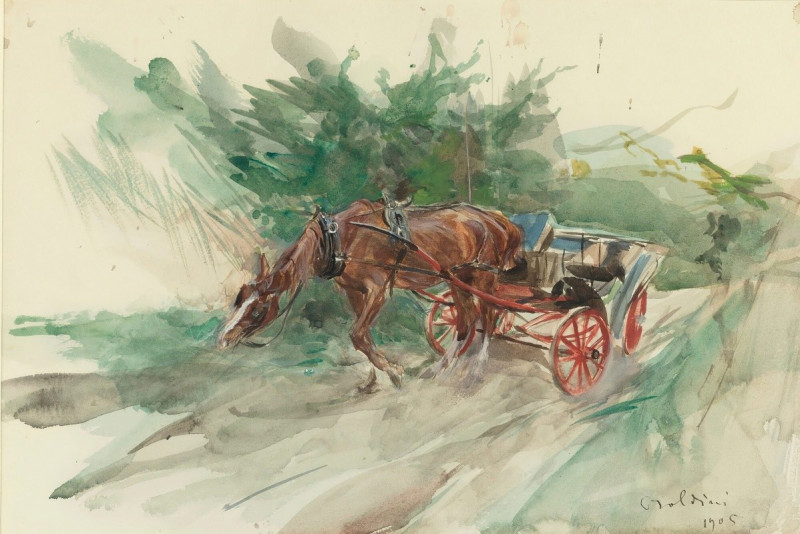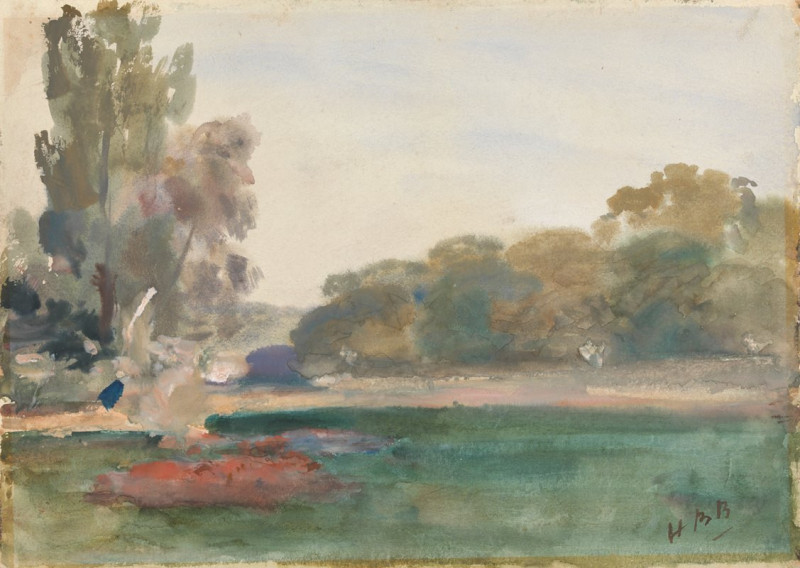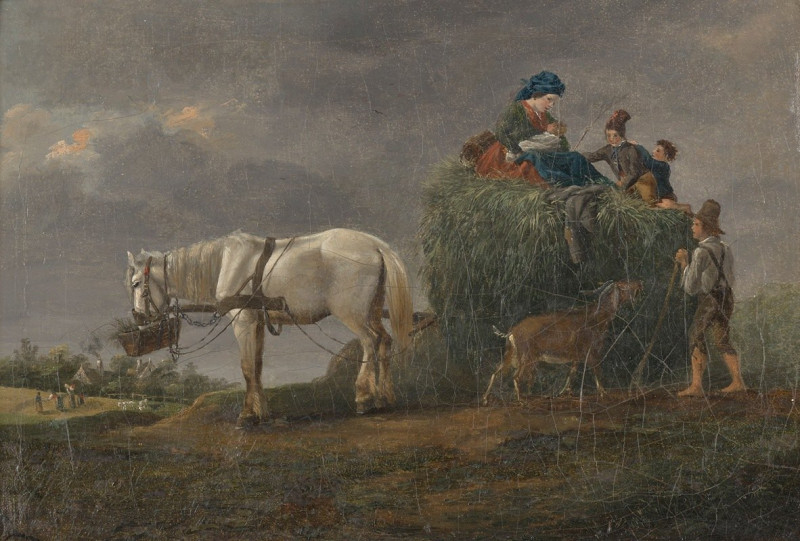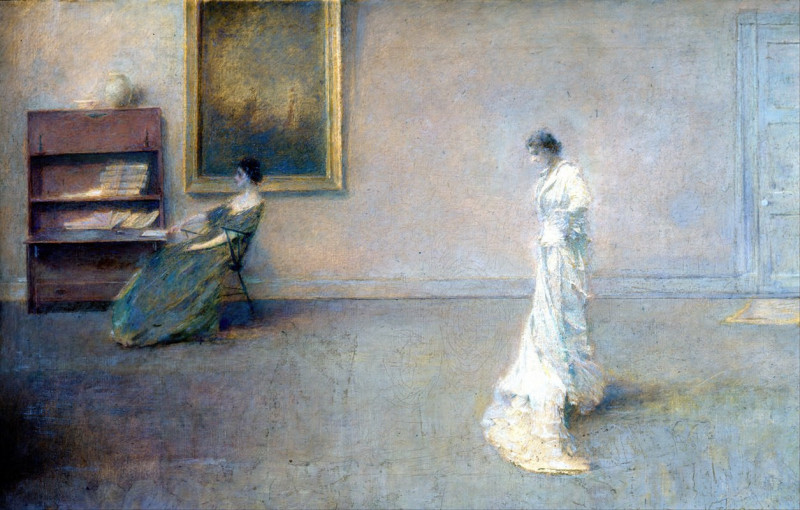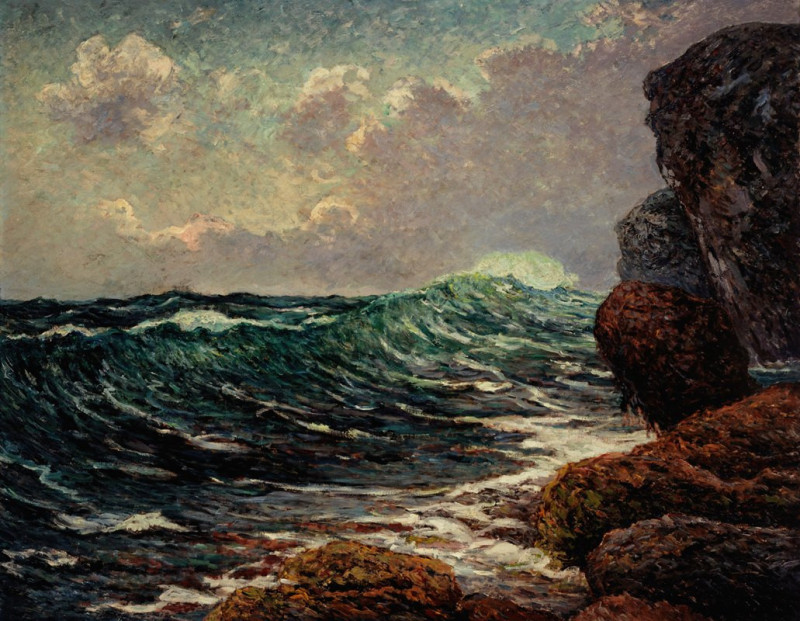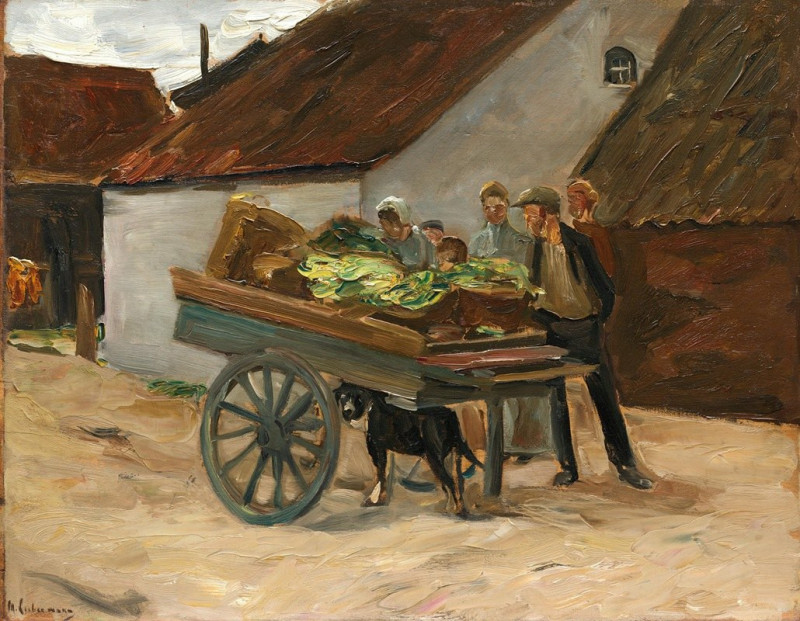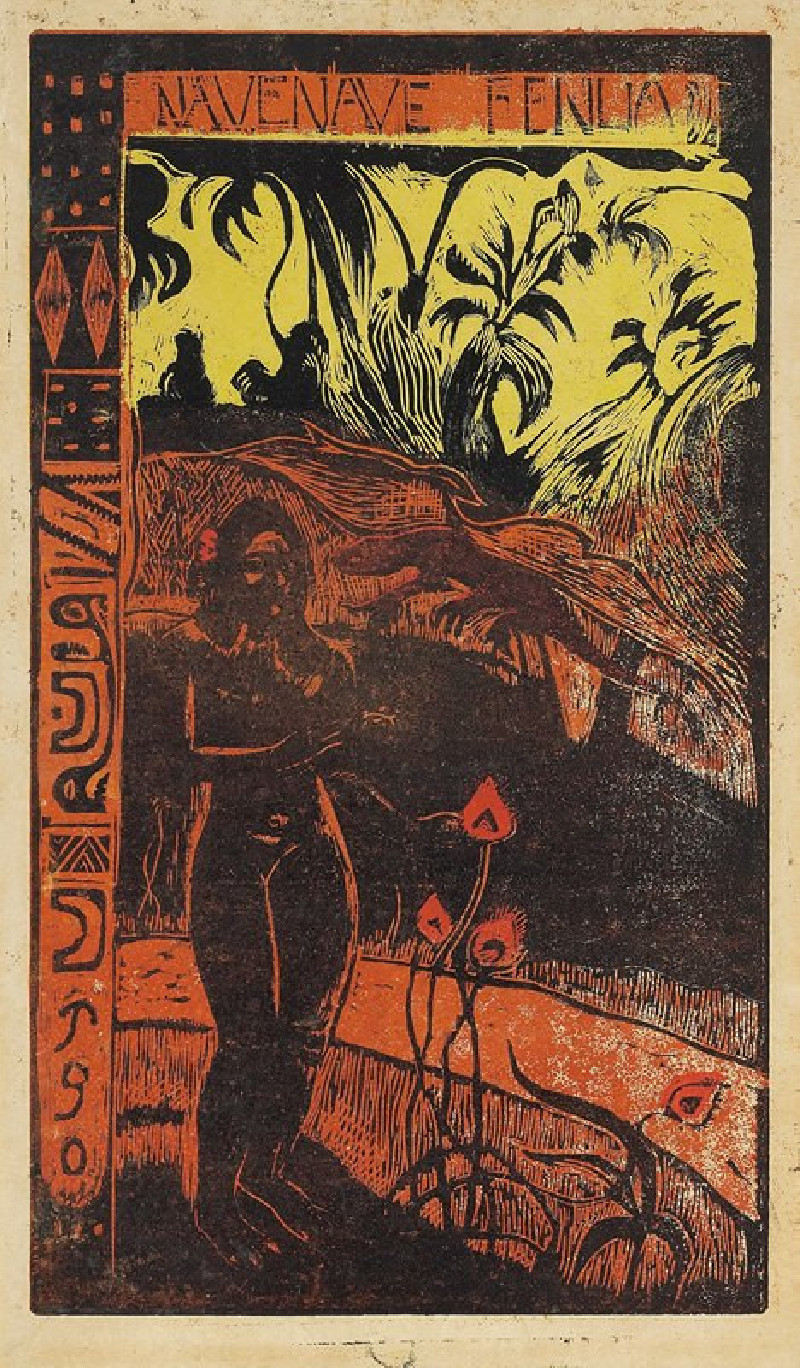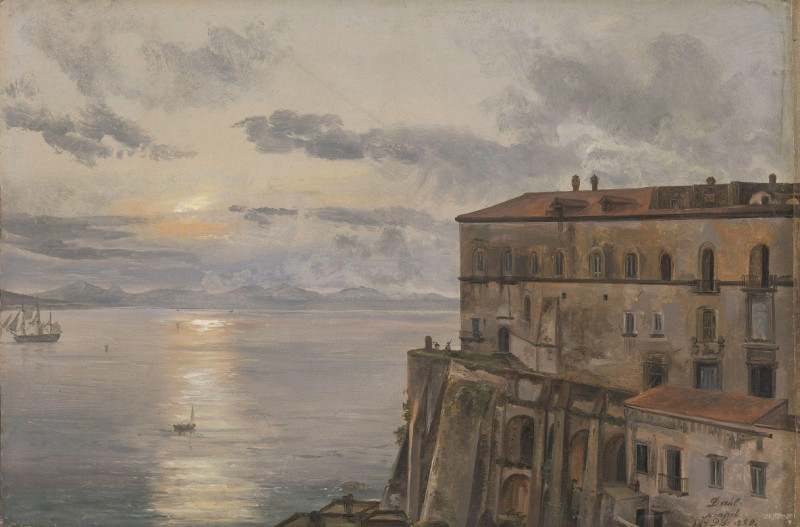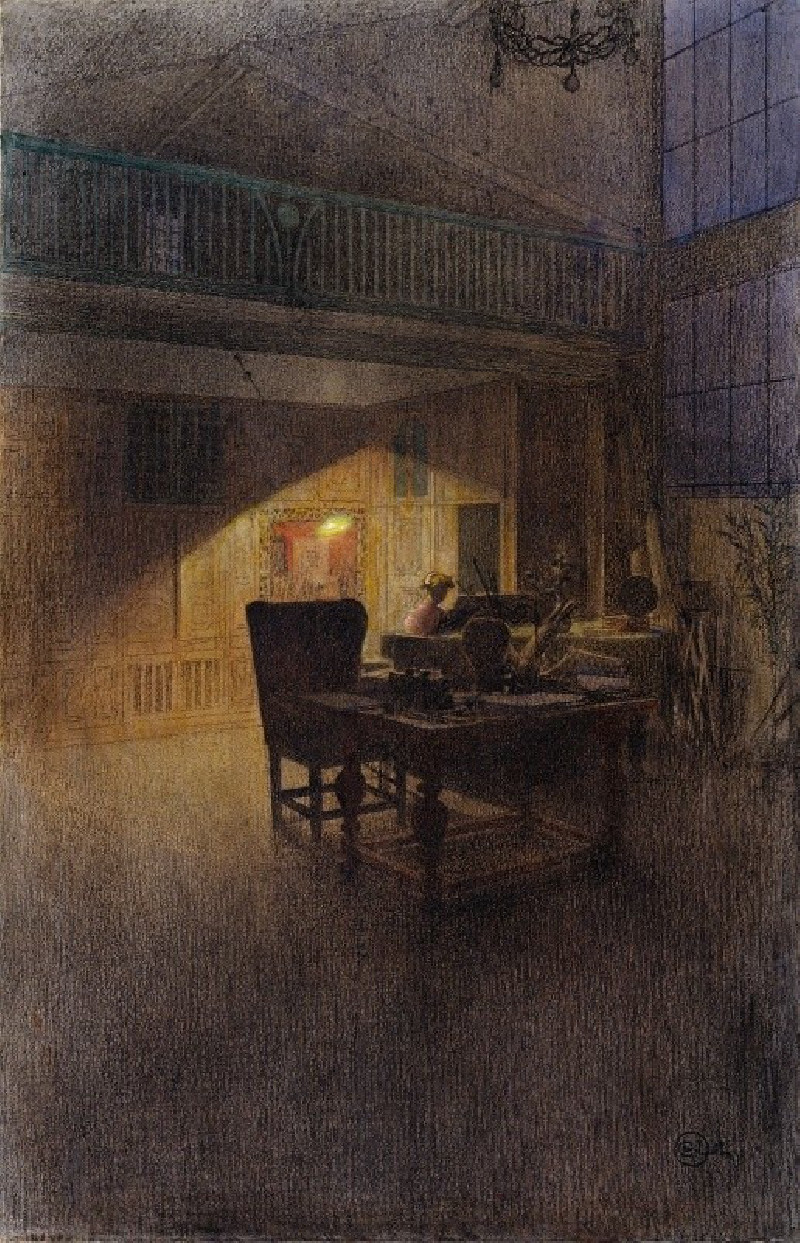Venus And Her Satellites (1835)
Technique: Giclée quality print
Recommended by our customers
More about this artwork
"Venus and Her Satellites," an opulent oil painting by William Etty dated 1835, captures the goddess of love, beauty, and desire in a moment of ethereal elegance surrounded by her attendants. The scene is set in an ancient, palatial backdrop rich with architectural details such as columns and a sculpted urn, enhancing the sense of a mythological, timeless narrative.Central to the composition is Venus herself, depicted traditionally with alabaster skin and long-flowing hair, which she gazes at while combing, displaying her classic beauty and charm. The divine aura is accentuated by the light gossamer fabric that partially drapes her figure, highlighting her sensuality and the Renaissance influence on Etty's style.Surrounding Venus are various figures, each engaged in different acts associated with grooming and adornment, underscoring the intimacy and luxurious leisure of the divine. Two figures on her left are deeply engaged in their own interaction, exemplifying satirical, observational, and even voyeuristic elements that Etty often explored in his depiction of narratives.Notably, a satyr, identifiable by his rustic appearance and the hint of revelry, sits at the far right, wielding a lyre — perhaps an allusion to the musical and poetic inspiration that Venus often embodies. Contrastingly, at the end of the tableau, a stoic warrior figure in a helmet and a breastplate observes, serving as a symbol of protection or possibly the militia romanticism that frequently accompanied depictions of classical antiquities during Etty’s era.
Delivery
Returns
William Etty was an English artist best known for his historical paintings featuring nude figures. He was the first significant British painter of nudes and still lifes. Born in York, he left school at 12 and became a printer in Hull. After seven years, he finished his apprenticeship and moved to London, where in 1807 entered the schools of the Royal Academy. There he studied under Thomas Lawrence and learned by copying the works of other artists.





